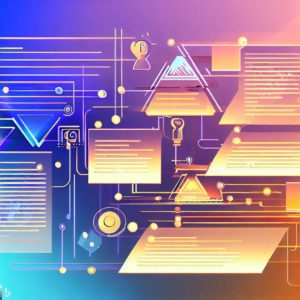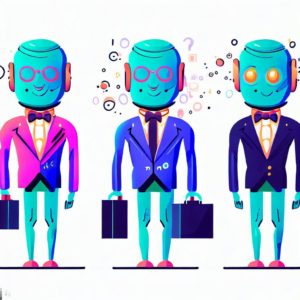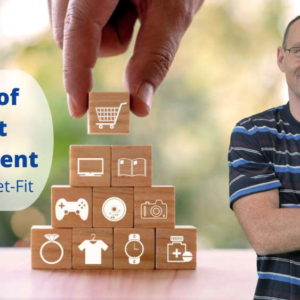Introduction In the realm of smart agents, prompts function as...
Read MoreIoT technologies are the cornerstone of many industries – from consumer goods such as wearable devices, to industrial applications like monitoring systems for predictive maintenance. You may have commonly heard the term “IoT platform” drifting around the web a lot too: put simply, IoT platforms are the support HW and SW that allow rapid development of complex systems in the development and even production stages. They allow for communication, data flow, device management and many more functions which together make up the working IoT system.
Here’s a simple example of a practical use of IoT platforms in an IoT system:
A farmer uses an IoT based soil tester that can automatically detect moisture levels and control the irrigation system. The tester has a moisture sensor which gathers data about the humidity and moisture of the soil. The collected moisture data is sent to the cloud with the help of a wireless connection (BLE or other protocol). The cloud has support software (that is, the IoT SW platform) which analyzes the data and sends back commands like “turn on the irrigation system because the moisture levels are too low”.
For the users to communicate with the system, there exists a simple user interface that may allow them to manually control the irrigation system if need be. An IoT platform will be required in all the stages of the process – from data consumption and analysis, to events predictions and optimizations, to Machine2Machine and Human2Machine interaction.
What are we trying to achieve with IoT?
The purpose of the IoT based product here is to train players and monitor their progress by measuring motion, gestures and hits that players make. The smart system uses sophisticated machine learning algorithms (aka programs that can analyze the collected data and improve their performance) to provide players and trainers with helpful feedback.
For example, if you were a baseball player using a “smart baseball” for practice, then the ball may be able to provide data upon the force you’re hitting the bat with to your coach’s smart phone. All of this can be used to greatly improve player performance!
Systems like the above example are based upon four fundamental layers in the device: thesensory layer, communication layer, processing layer, and user interface layer.Read on to find out what
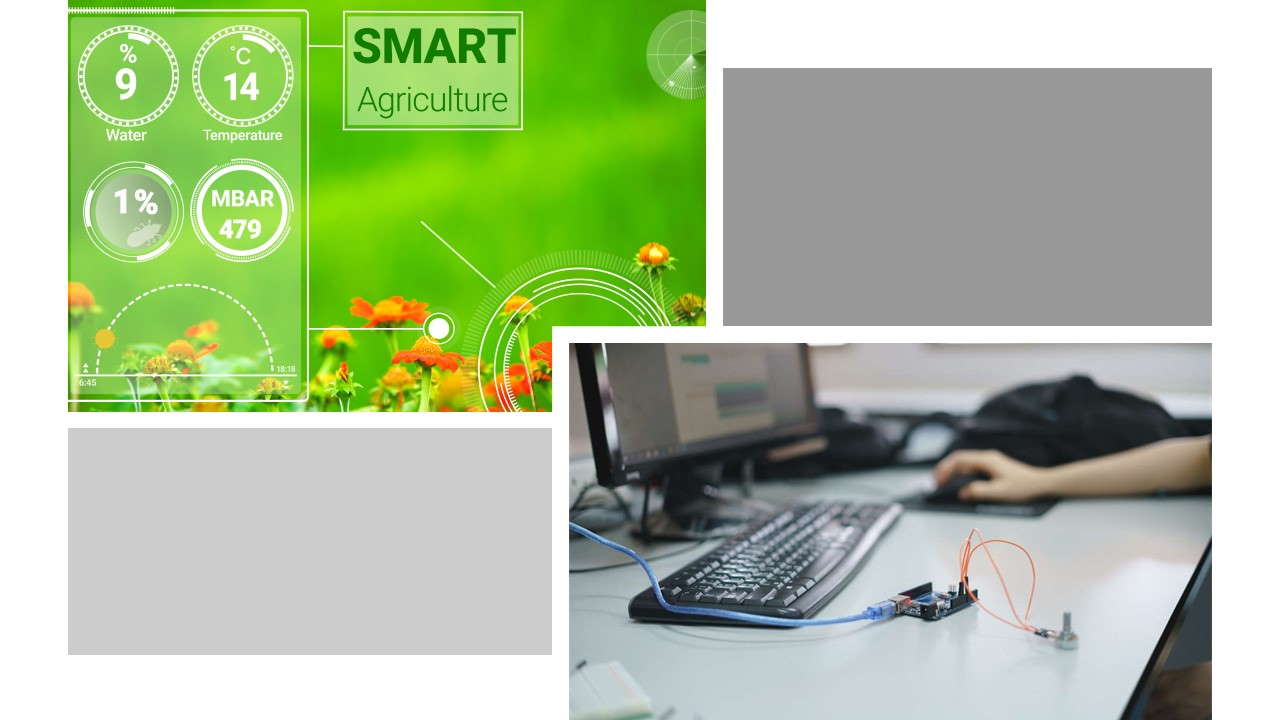
How did I use those platforms
Smart and cloud-connected IoT products are based on multiple layers of complex technologies that include sensors, hardware, firmware, communication, software, algorithms, big data machine learning, AI and analytics.
IoT platforms are needed for the following:
- to connect the hardware (eg. sensors) to each other,
- manage the hardware and software communication protocols,
- collect and analyze the data from devices and sensors,
- provide secure user authentication methods,
- and finally combine all of the information with other applications and services.
The complexity of it all creates high barriers of entry, requires large expenditures in research and development, and delays time to market.
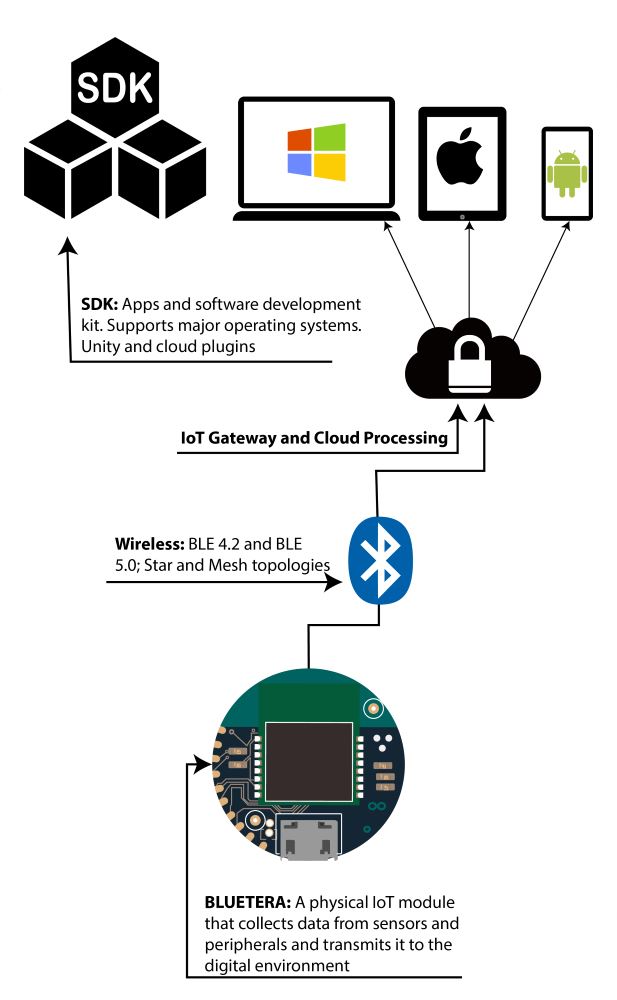
- Data collection system: a physical sensors hub to collect data from multiple sensors and peripherals using wired and wireless LAN (Local Area Network).
- Distributed computing: utilization of a system based on multiple microprocessors and cloud resources to distribute and optimize algorithms. The goal is to reduce data bandwidth and power consumption, by optimizing big data processing between IoT system layers.
- Communication protocols: LAN (Local Area Networks) and WAN (Wide Area Networks) to pass data between End points, HUBs, mobile, stationary and cloud based infrastructures.
- SDK APIs: software connectors and tools to build command and control applications; big data analytics; machine learning algorithms; and human machine interfaces.
When I worked at Tensor Tech, we had developed the IoT BLUETERA platform, which was the latest innovative IoT tech in the market. Today there are plenty of platforms to begin with that can be used for development and also production purposes.
More Posts
Unleashing the Future: Crafting Your Very Own Smart Agents
Introduction As we witness the rapid evolution of artificial intelligence...
Read MoreMy first commandment for product manager – Product-Market-Fit
My first commandment for product manager Product-Market-Fit Last Updated: 16...
Read More
